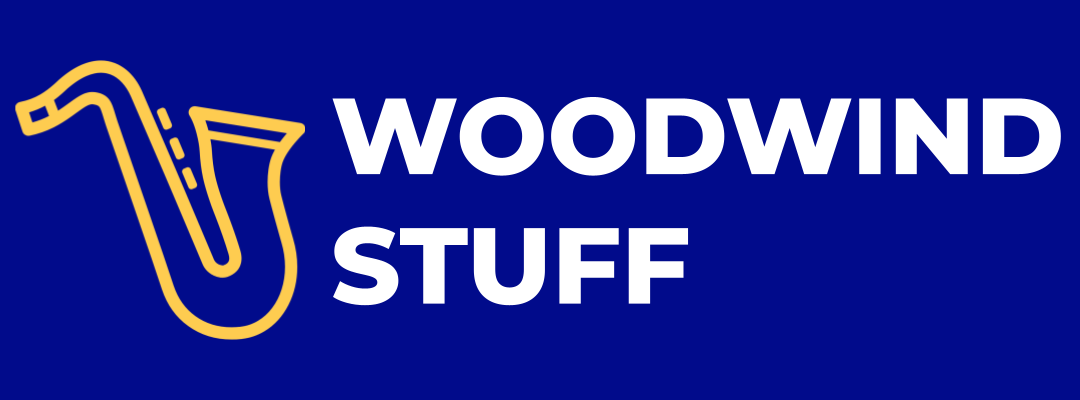Yamaha’s recently expanded their line of digital saxophones. Now that both the YDS-150 and YDS-120 are available, which one do you get?
Let’s take a quick look at each one and see which is the better deal, and which one you should ignore.
Jump Ahead
YDS-150 vs YDS-120: They’re the Same, But Different
The YDS-150 and YDS-120 are nearly identical in terms of sounds and features. The most notable difference is the brass bell: it’s missing on the 120, but didn’t serve a practical purpose anyway. Otherwise, you’ll have a pretty identical experience with either instrument.
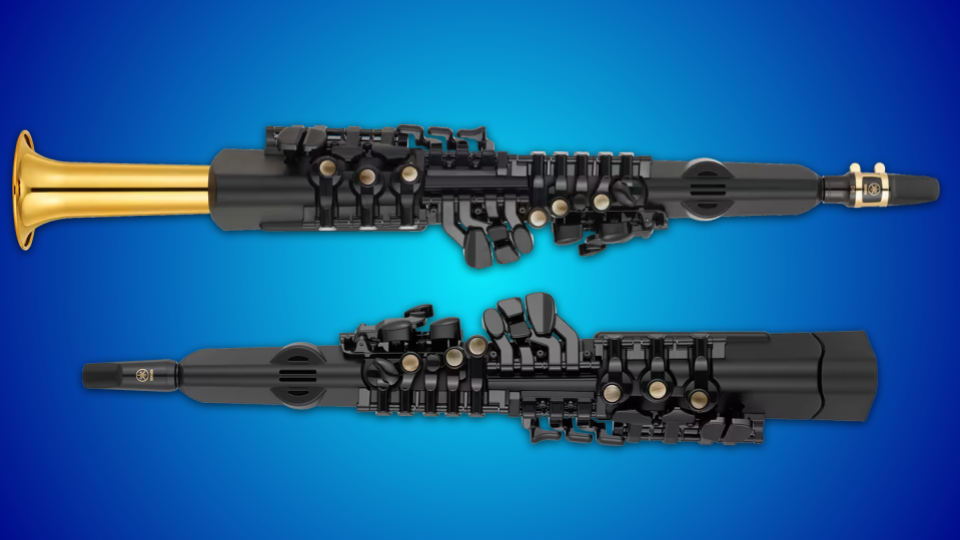
Sounds & Effects
Both the YDS-150 and YDS-120 have the same sounds with all the same effects and settings.
- 73 Total Sounds
- 56 saxophone sounds
- 17 electronic & other sounds
- 9 types of effects
- Up to 20 user presets available
Functionally, this makes them the exact same instrument. The differences will boil down to other minor features.
Ergonomics & Key Layout
Both instruments have the same key layout based on Yamaha Custom saxes. And as someone who prefers Yamaha saxes in general, they both feel very nice underneath my fingers.
On top of that, they both have essentially the same body and share most of the same parts. So ergonomically, there isn’t much difference.
Weight
Even though they have the same body, the YDS-150 has a brass bell on the end. That adds nearly a half pound of weight to the instrument.
It doesn’t seem like much, but the added weight could potentially be straining for some people’s hands.
Comparatively, the YDS-120 is smaller and lighter. While I’d always recommend using a neck strap, you would have an easier time holding it by itself.
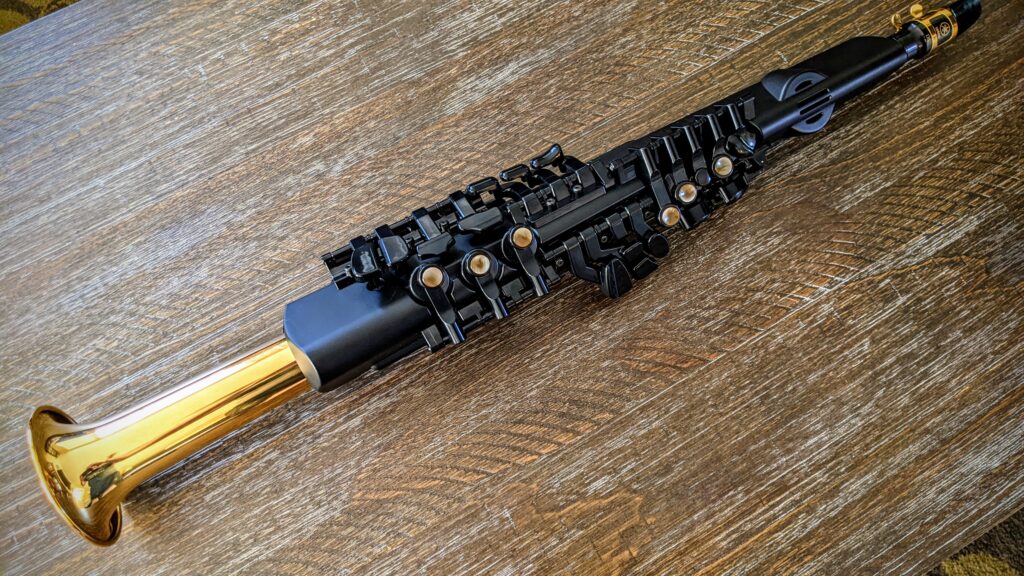
Mouthpiece
The 150 uses an actual alto sax mouthpiece with a ligature and fake reed. They don’t actually vibrate — it’s more for feel and comfort than anything else.
On the one hand, it’s nice for maintaining the embouchure and feel of a saxophone. On the other hand, the air sensor does all the work, so having a real sax mouthpiece is kind of pointless and gimmicky.
The 120 uses a unique mouthpiece that feels more like a recorder. It’s one piece, so you won’t find a reed or ligature on this thing.
On-Board Sound System
Both have a similar body with the same front-facing speaker. That speaker is part of a bigger system that transmits sound throughout the instrument’s body.
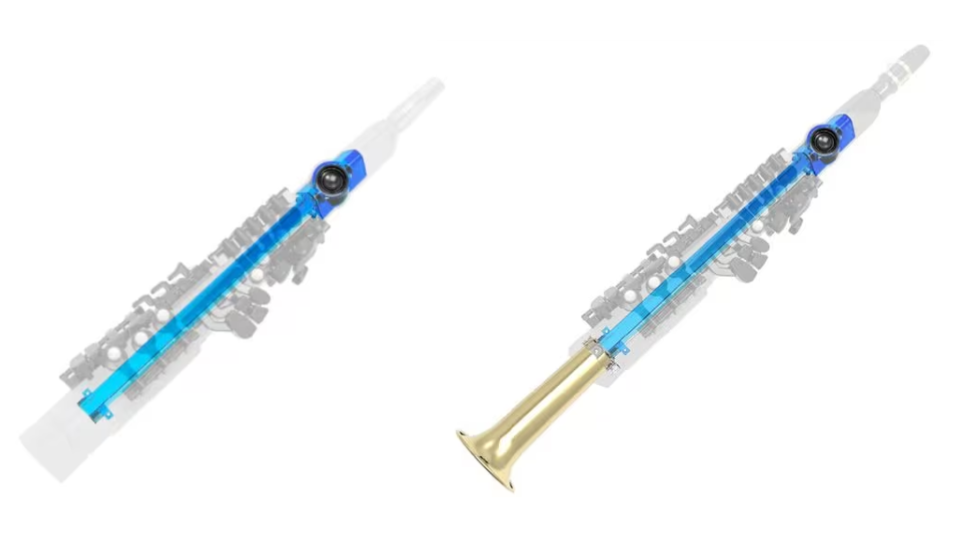
The one major difference is YDS-150’s bell. According to Yamaha’s marketing, it “causes the entire instrument to vibrate” to “let you truly feel the music as you play it.”
But the effect is subtle, if it’s there at all. You probably won’t notice it while playing the YDS-150, and you won’t miss it on the YDS-120.
That, and the bell is rendered useless if you primarily play with an amp or headphones.
I/O and App Connectivity
Again, the YDS-150 and YDS-120 seem to share most of the same parts. Each one has a headphone jack. And each one has an Aux input jack for playing along with other tracks.
That, and they both connect to the same YDS Controller app.
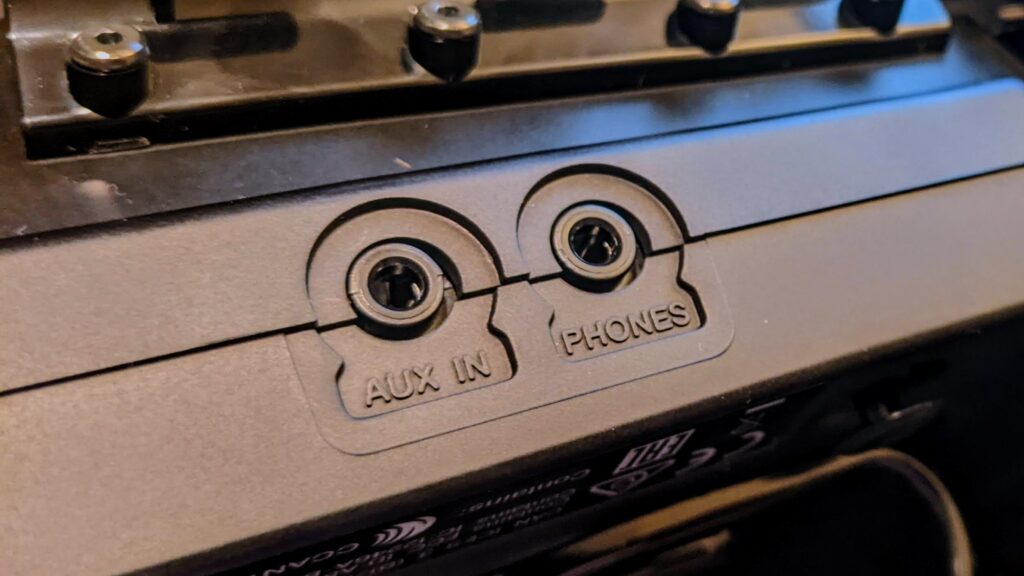
MIDI Output
You can also connect either one to a USB device and use it as a MIDI controller. That way, you can assign different CC functions to your virtual instruments.
One thing that’s different between them is the YDS-150’s accelerometer. You can assign a CC function to it, letting you tilt the instrument up or down to control MIDI parameters like breath or volume. In other words, it allows for more expressive performances.
The 120 lacks the accelerometer. But it’s such a niche feature that’ll only matter to a handful of people.
My Top Pick: Yamaha YDS-120
Both instruments are made for the following kinds of people:
- Casual players who just want a fun pick-up-and-play instrument.
- Former sax players who want an easy way to get back into playing.
In my YDS-150 review, I noted that it’s a compelling casual instrument. But for a similar price, you can find other wind controllers that are just as fun to play and come with hundreds more sounds.
For roughly $300 less, the YDS-120 is simply the better value.
But if you already own a YDS-150, don’t bother picking up the 120. It doesn’t offer anything new that you can’t find on the 150.
